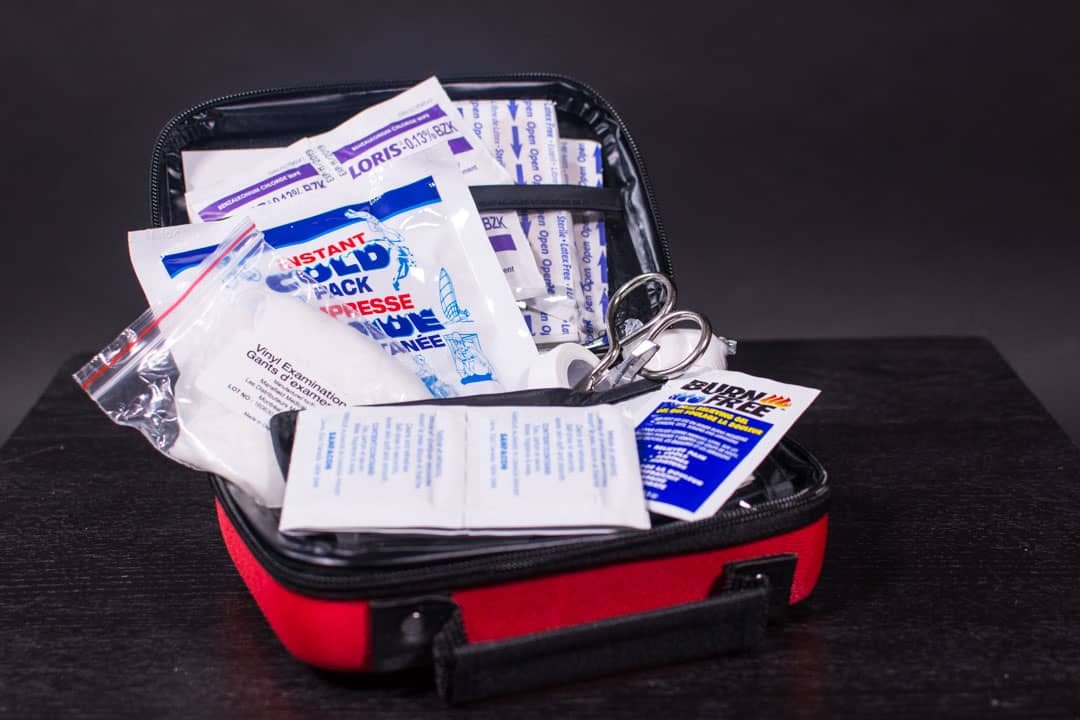It’s no secret that the opioid crisis has hit Canada hard — in 2016, over 2,400 Canadians died from opioid-related overdoses.
Just over a year ago, police and community groups warned that the fentanyl crisis would come to Ontario. Last month, The Varsity noted that “between July 27 and August 1, Toronto saw 20 overdoses and six deaths related to fentanyl-laced drugs.” Fentanyl is considerably more toxic than most opioids — and most users don’t realize just how small a quantity of it can be fatal.
While no fentanyl overdoses have been reported at the University of Toronto thus far, it would be foolish to think this crisis won’t affect U of T students. A 2015 alert from the Canadian Centre on Substance Abuse (CCSA) and the Canadian Community Epidemiology Network on Drug Use noted that fentanyl could be mixed into other recreational drugs such as cocaine and MDMA, or ecstasy. The CCSA reported that as of 2015, about 3.5 per cent of Canadians aged 15-24 had used cocaine in the past year, and as of 2013, over 60 per cent of recreational drug users in Toronto had used MDMA within the past year. Even if students aren’t using opioids, they may be unintentionally exposed to fentanyl through other drugs.
Other Canadian universities are taking steps to ensure the safety of their students. Before the start of the semester, the University of King’s College in Halifax trained about 70 people to administer naloxone, the medication that can reverse the effects of an opioid overdose. Dalhousie University has naloxone kits available at their health and wellness office.
These are important, potentially life-saving interventions that ought to be implemented at more Canadian universities. It’s both surprising and frustrating that at U of T, residence dons at most — if not all — colleges are not trained in naloxone administration. As recently reported by The Varsity, Innis College, Trinity College, New College, and University College have all confirmed that their dons do not carry naloxone. Woodsworth College, St. Michael’s College, and Victoria College did not respond to The Varsity’s requests for comment on this subject.
Naloxone appears to be generally hard to find on campus. It’s not available at the Health and Wellness Centre, and it isn’t carried by Campus Police or U of T Emergency First Responders (UTEFR). The idea of providing naloxone kits was apparently discussed at meetings of the Ontario University & College Health Association, though nothing has come of the suggestion thus far.
An official reason for this has not been made clear. Althea Blackburn-Evans, Director of Media Relations at U of T, said conversations on the subject are ongoing and that potential concerns may include securing the safety of the person administering treatment, as well as health considerations such as allergic reactions. Blackburn-Evans added that she was not privy to all of the conversations on this topic.
A similar situation at the University of Ottawa may offer a clue into another potential motivation. While the university’s student federation initially planned to train 100 people in administering naloxone, it was announced prior to orientation week that leaders would be forbidden from doing so while on duty — lawyers had warned the federation about potential liability issues should the kit not be administered properly and cause an injury.
It’s true that naloxone may trigger allergic reactions or cause heart and lung problems for patients, and these side effects should be taken seriously. However, most other naloxone side effects are simply the symptoms of opioid withdrawal. Considering that administering naloxone is a life-saving medical intervention, it would be foolish to avoid using it in times of desperate need out of fear of incurring potential side effects.
Besides, residence dons are trained in other types of first aid, which can also cause injuries and raise liability concerns. All dons receive CPR training, which can cause injuries even if performed correctly. In this case, the university seems to recognize that the potential to save someone’s life outweighs liability issues.
We should treat naloxone the same way we do CPR. Though the potential risks of administering the treatment should be accounted for, it’s time U of T officials recognize that the potential benefits more than outweigh those risks. While making naloxone kits and administration training widely available may not solve the fentanyl crisis, these measures have the potential to save lives. If even one person’s life can be saved, that ought to be the most important consideration.
In the meantime, it is fortunate that there are resources around Toronto that students can turn to. Free injectable naloxone kits are available without prescription from some participating pharmacies, which can be located on the Government of Ontario’s website. It’s time the university offered similar resources to its students.
Adina Heisler is a third-year student at University College studying Women and Gender Studies and English. She is The Varsity‘s Student Life Columnist.


